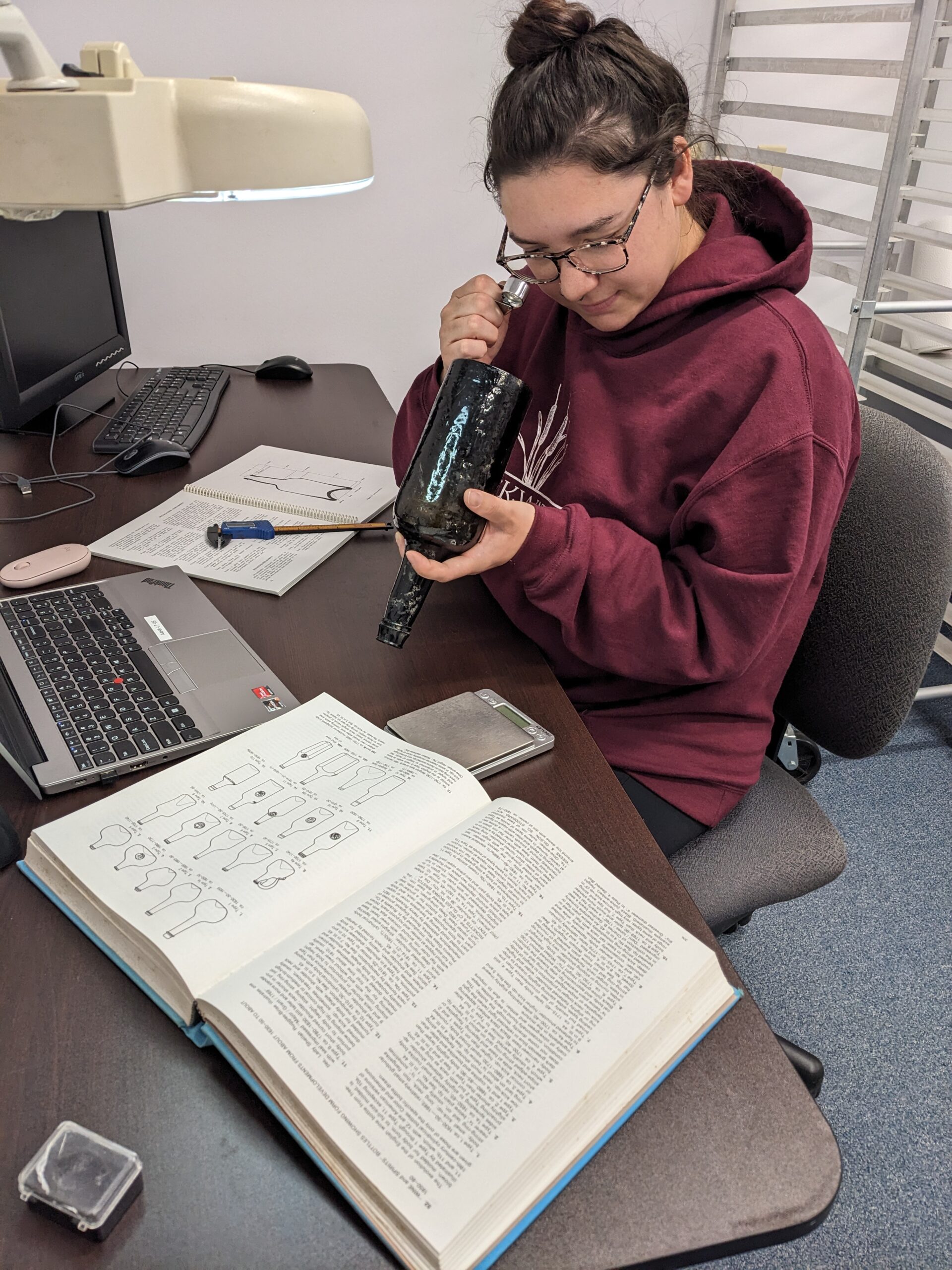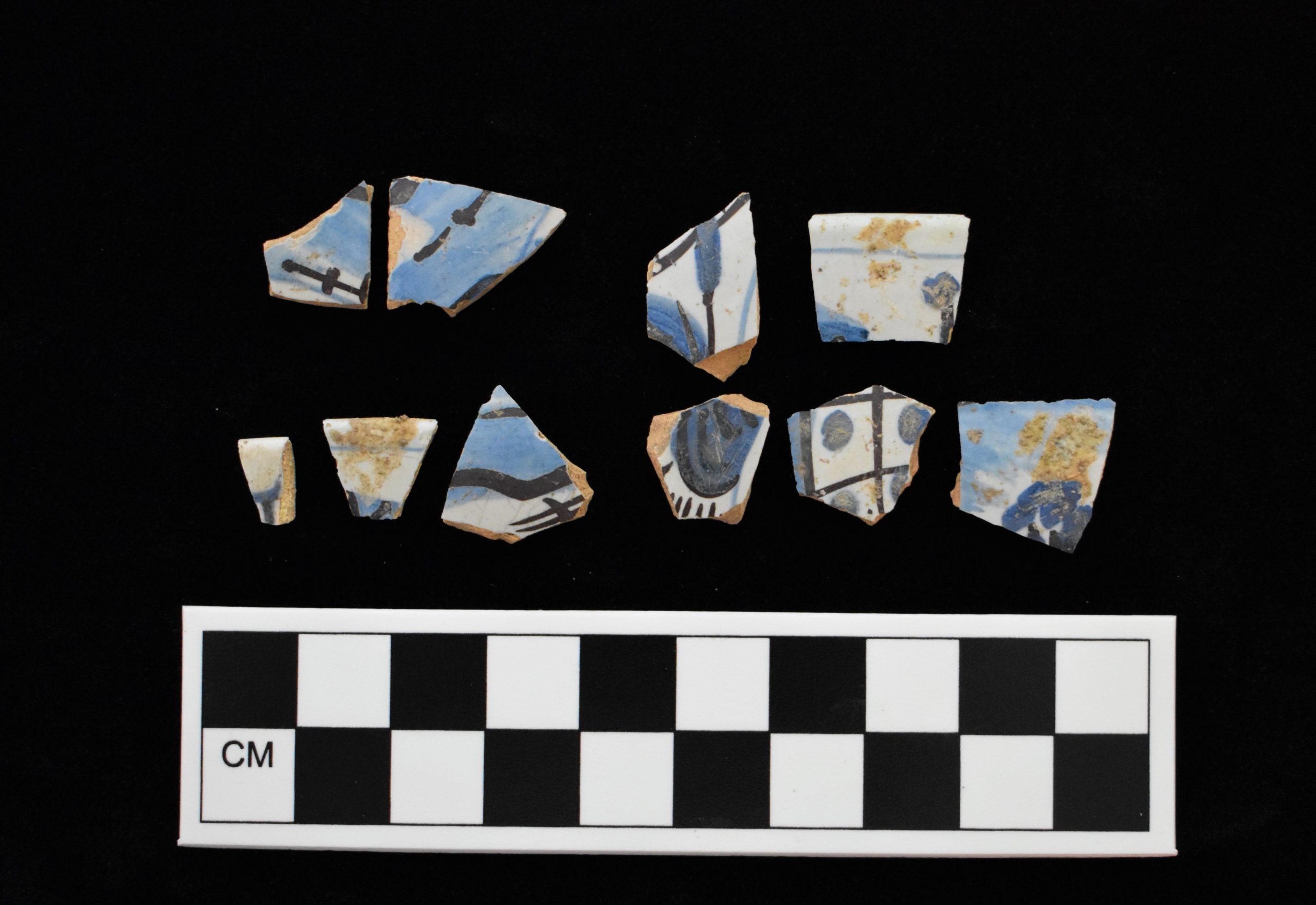When people think of archaeology, they think of people excitedly pulling precious artifacts from obscurity from antiquity. Or maybe they think of those same ancient treasures, nicely cleaned and propped up on velvety pillows on display in some fancy museum. People don’t always consider the in-between steps, the all-important laboratory work that brings that dirt-encrusted object to life, that adds context and turns an artifact from just a found item into a meaningful fragment of history.
As the Laboratory Director, it is my job to help deliver context and meaning to the small things forgotten that are recovered in the field. I like to think about it this way: field work is like grocery shopping, where you go out and gather all of your ingredients. Lab processing and analysis is the actual cooking, where you take those ingredients and you make a meal. Without proper processing and analysis, those culturally significant artifacts would just be rocks, broken glass or pottery, or a rusty ‘who-knows’ to most. Through lab analysis, we identify artifacts, learn about their history, and offer a contextual foundation for future interpretation that can offer insight into the importance of each piece of material cultural, regardless of their intrinsic or monetary value.
In the coming weeks, I hope to take you on a winding journey through the laboratory process. All the dirty details (first step: post-field processing and washing), the drama (cataloging, so many mysteries to solve!), and the minutiae (curation prep), all leading up to the ultimate goal: what the heck does this all mean?


